Of all the choices you’ll make when selecting a trailer, none will affect your driving more than the choice between a Bumper Pull Trailer and a Gooseneck A-Frame Trailer.
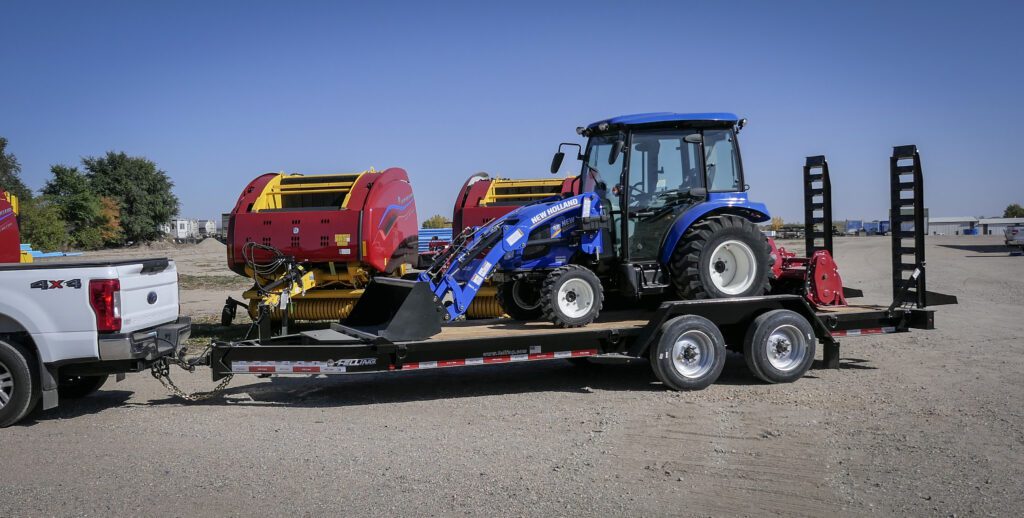
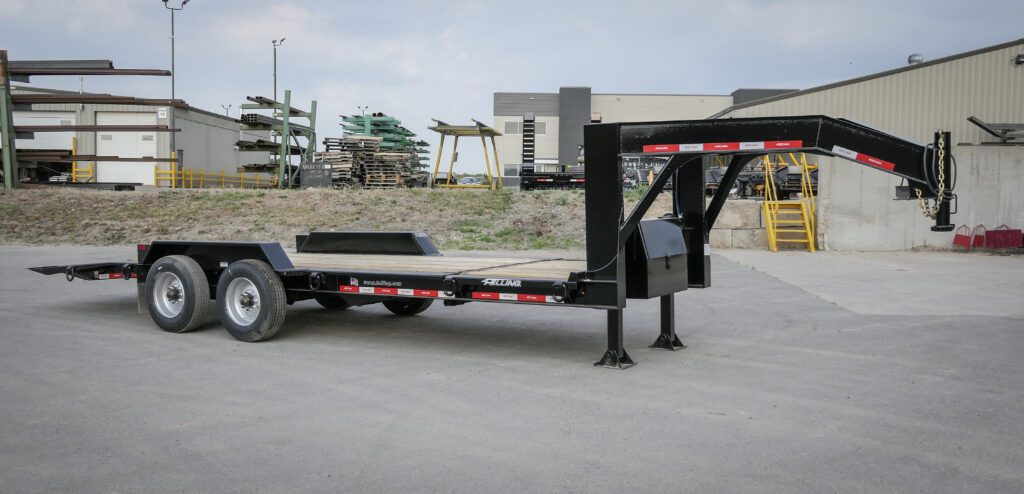
The Bumper Pull Trailer
The most common type of hitch is the Bumper Pull, also known as a Tagalong Trailer. The name “bumper pull” is misleading since the trailer doesn’t connect to the tow vehicle’s bumper. Instead, the trailer’s tongue fits over a ball hitch connected to the rear of the vehicle’s frame.
Bumper Pull Trailer Advantages
- Smaller than a gooseneck (in most cases)
- Costs less
- It is a more common style of hitch than a gooseneck
- Normal turn radius, the trailer will follow the towing vehicle as it makes a turn
- Tow vehicle storage availability
- Multiple options of hitch style
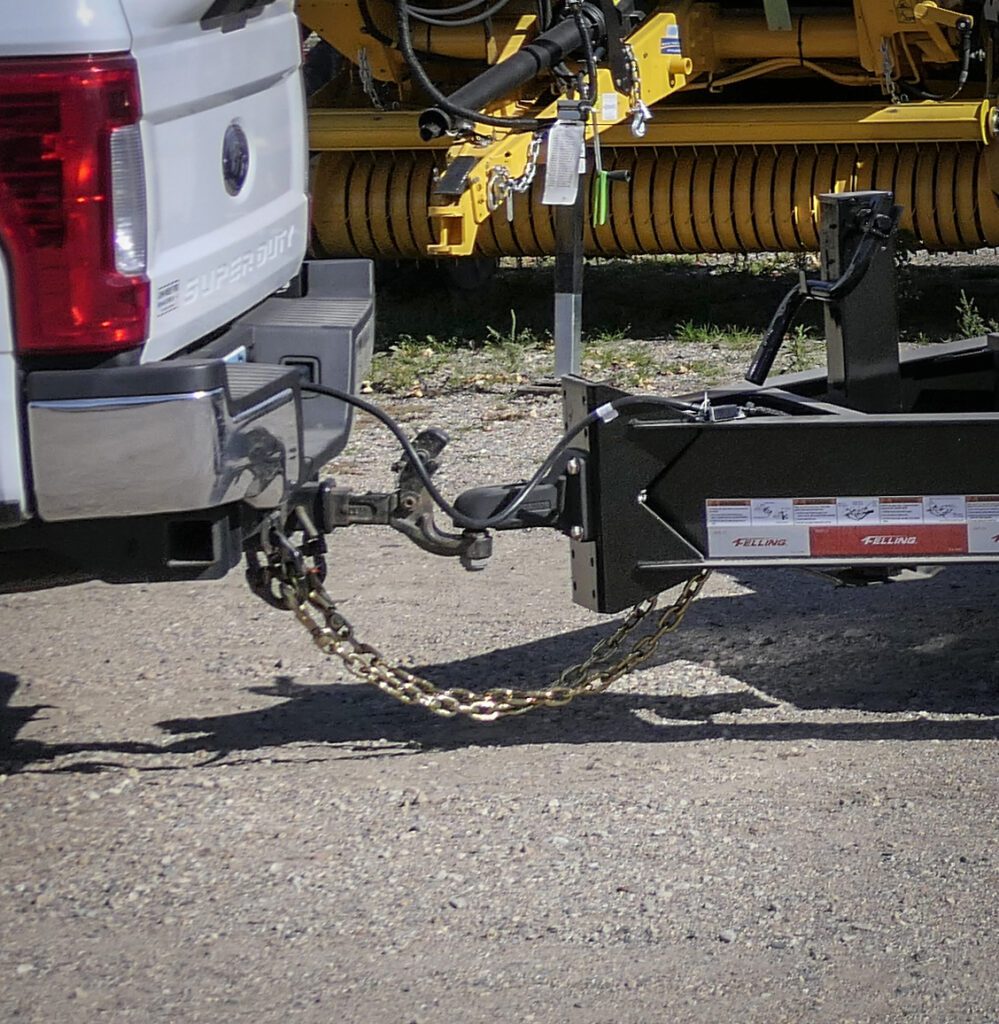
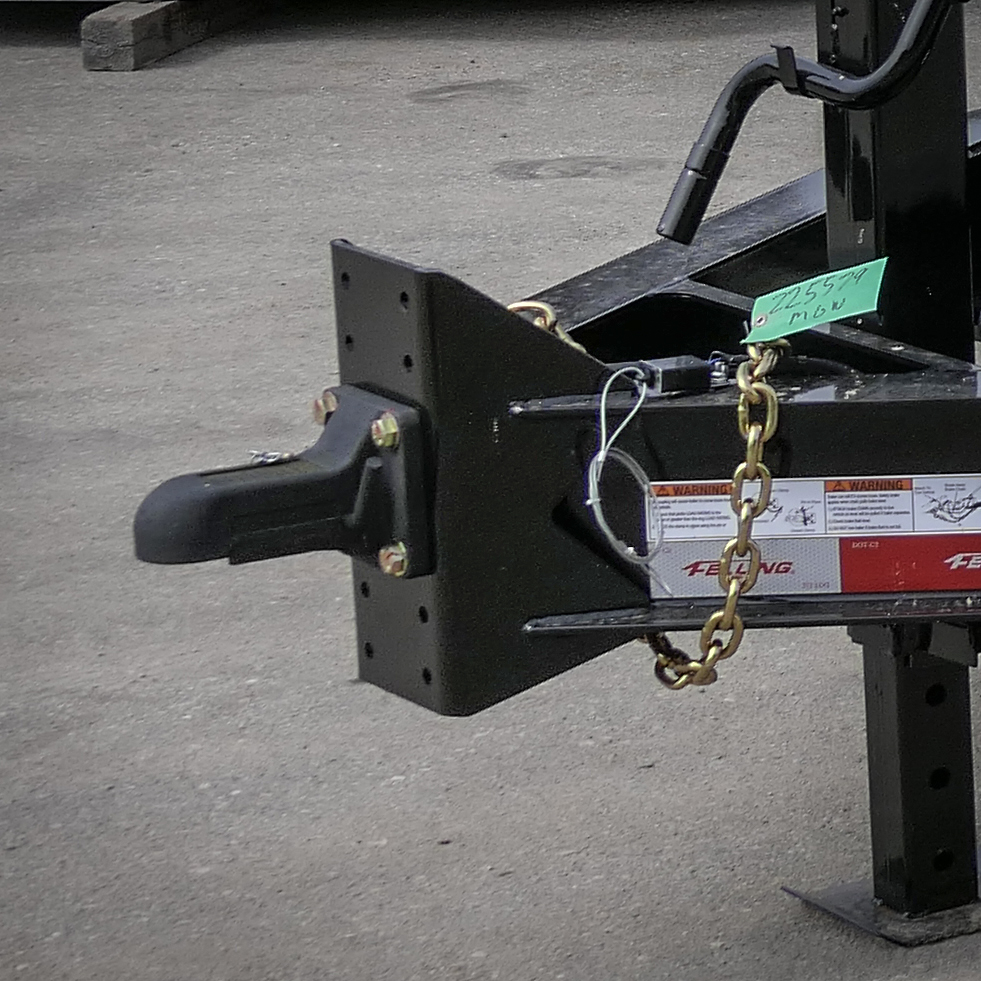
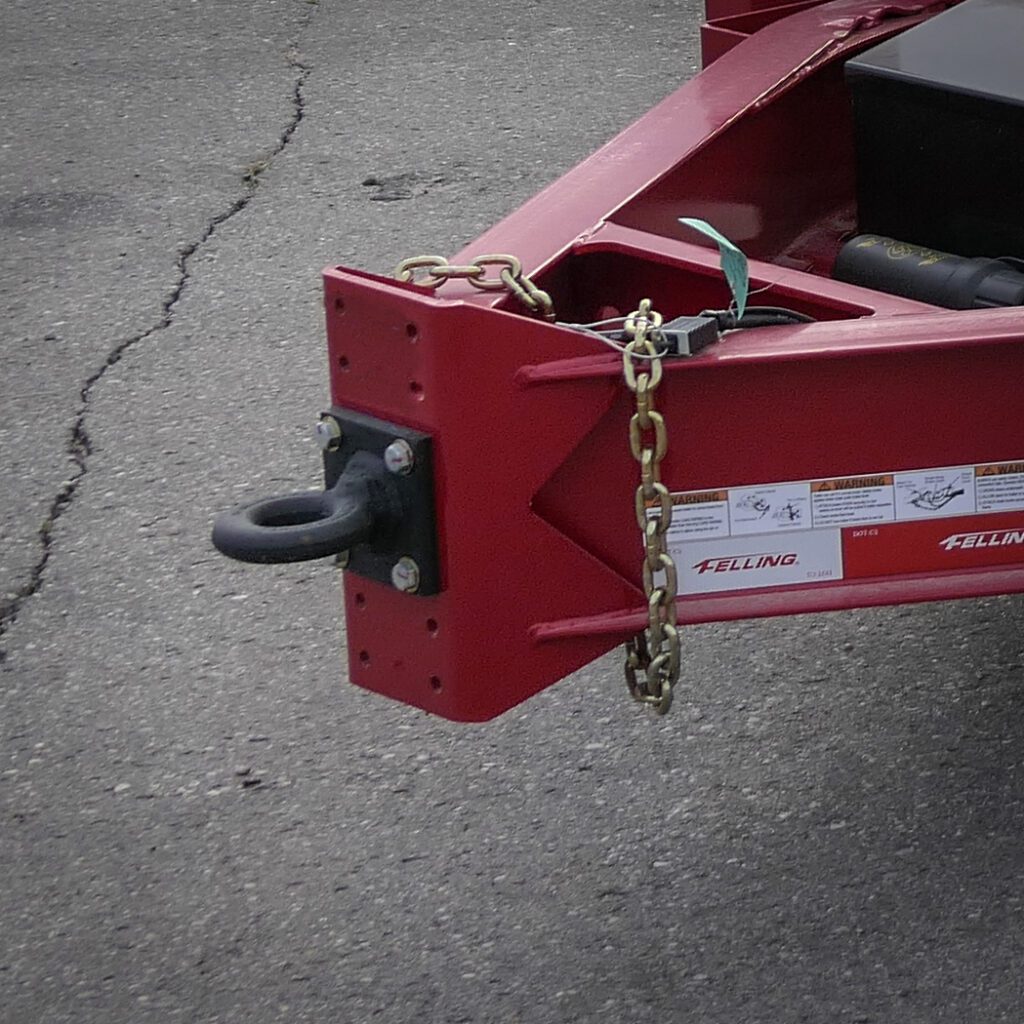
The Gooseneck A-Frame Trailer
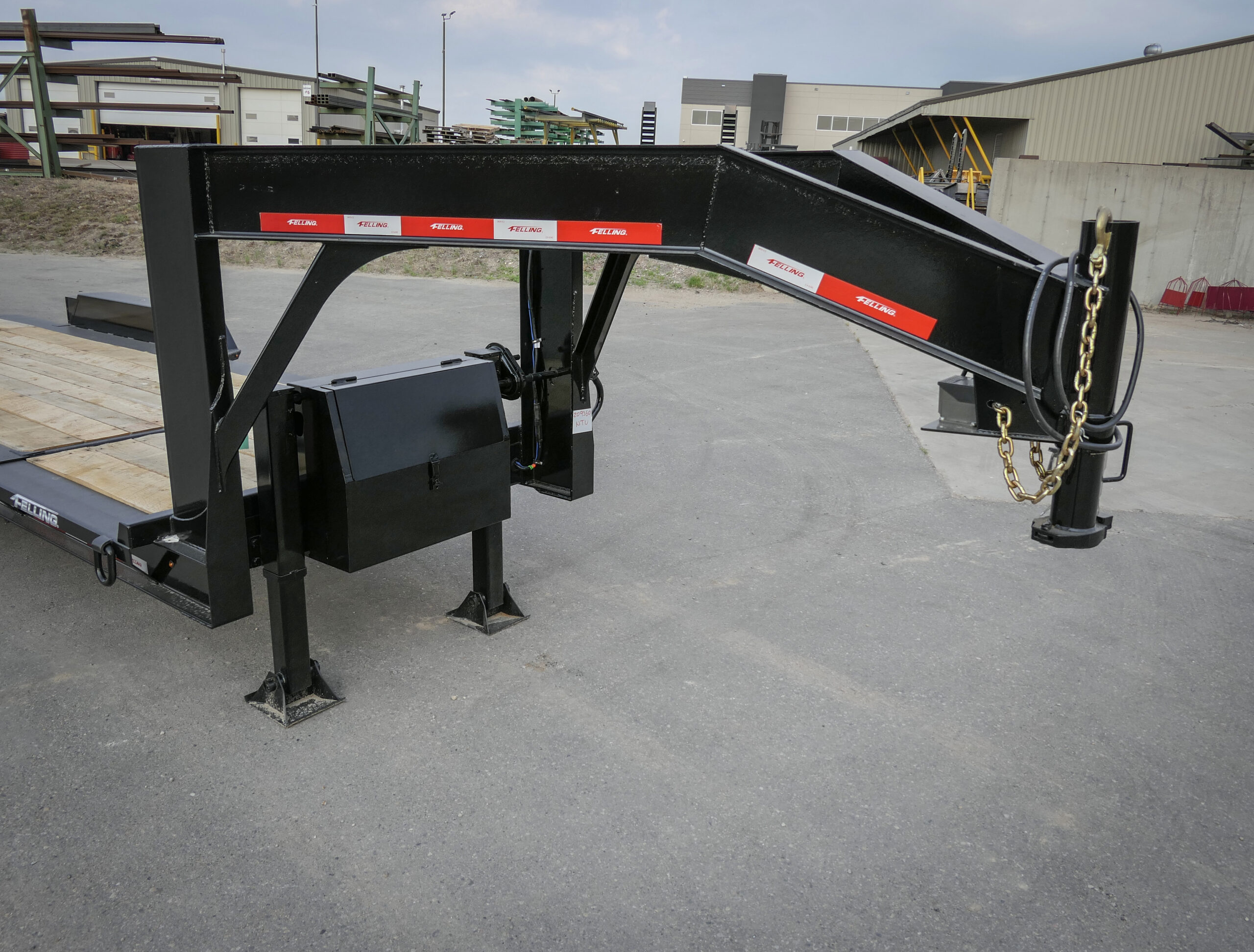
A Gooseneck Trailer is one with an apparent long arched neck design at its front. The “gooseneck” hitch configuration makes it easy for you to hitch in the bed of your pickup truck. However, a Gooseneck Trailer is often owned by a trailering veteran. A gooseneck can easily be confused with a fifth-wheel trailer because the two hitch types are quite similar. The difference is a Gooseneck Trailer slides over a ball hitch in the bed of a pickup truck, while a fifth-wheel trailer attaches to a pickup truck using a hinged plate hitch; the same type of hitch is used by semi-trucks.
This differs from Bumper Pull Trailers that usually come with couplers and simple straight trailer tongues that can be hitched to the bumper of a sports utility vehicle, van, or truck.
Gooseneck Advantages
- Stability – Since the tongue weight of the trailer is over the truck’s rear axle, instead of at the back of the frame, the potential of the trailer to sway is minimized
- Higher gross towing capacities than a bumper pull trailer
- Higher vertical tongue weight transferred to tow vehicle
- Sharper turn radius than a tag, this is also a Con; turning to sharply while loaded can bend or tear an axle off
Gooseneck Cons
- You won’t be able to haul one with anything less than a pickup truck
- You’ll need a mechanic (and some additional money) to install a gooseneck ball
- The price is usually higher than a bumper pull
- Storage in the bed of a tow vehicle is limited
Gooseneck and Bumper Pull Trailers both have their advantages. Choosing the hitch that’s right for you will give you a better ride and optimize your trailering experience. If you are choosing a Gooseneck A-Frame, be sure your 3-Key Measurements are done properly. The choice also comes down to what you are hauling and how often. Contact a Felling sales representative to help you choose your best trailer hitch option.


